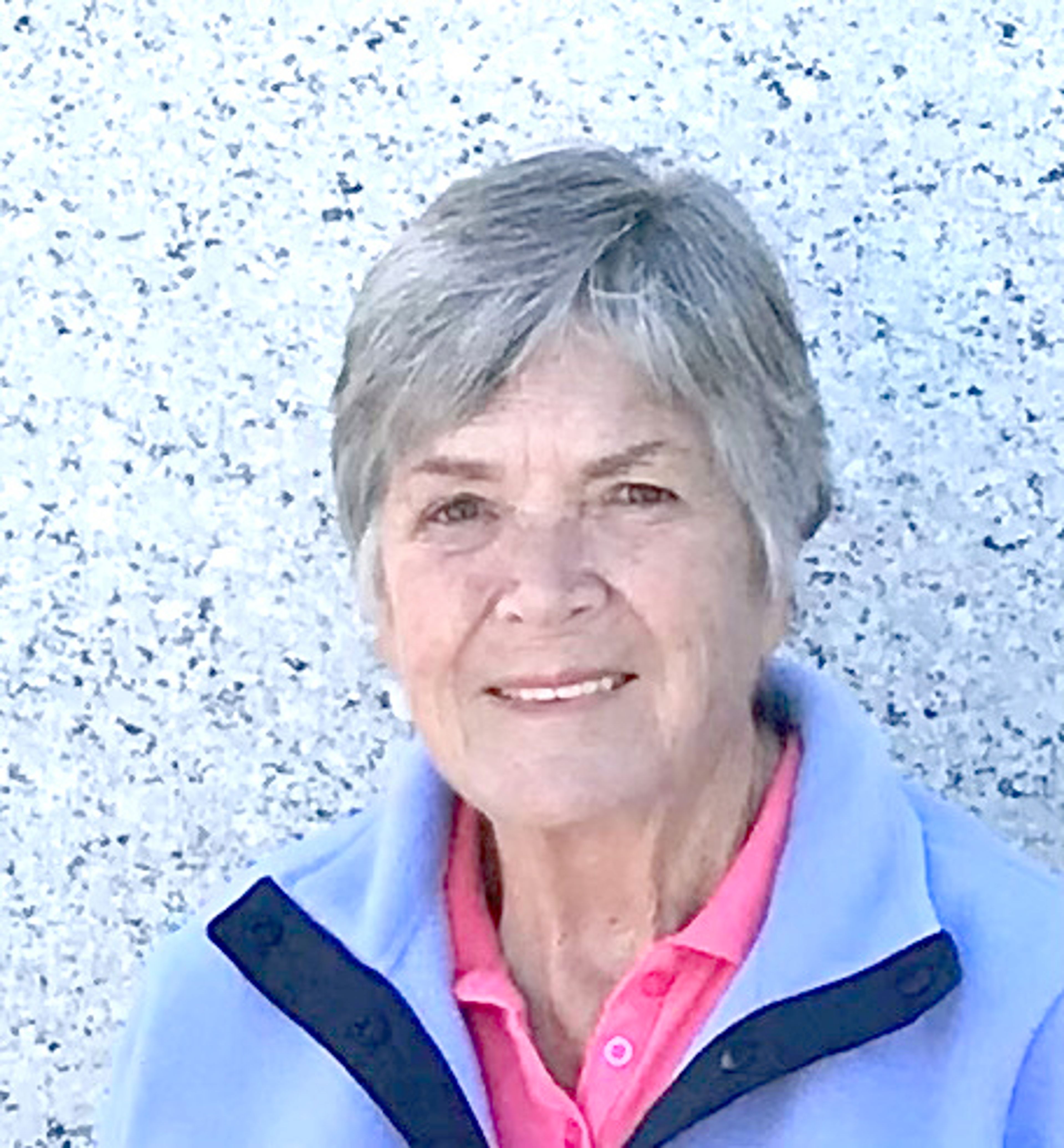OPINION: When it comes to fish and dams, who is gaslighting who?
The day Richard Scully’s Aug. 14th Turnabout to my column was published in the Lewiston Tribune, I received a call from my good friend, Rusty Bentz.
Bentz is a well-known local fishing guide. He has decades of first-hand knowledge about salmon and steelhead issues. He thought that we should challenge some of Scully’s assertions. So here we go.
First, Scully states that 50% of the fish migrating up the Columbia River were harvested before they reached Bonneville Dam. With no counting mechanism such as a dam or sonar, to say 50% was harvested is pure speculation.
Scully’s contention that harvest declined as run size decreased after 1938 is also open to question. Sport fishing and predation from pinnipeds (seals and sea lions) and birds certainly increased. And after the Bolt decision in 1974, Indian harvest certainly increased. We would agree that in the 1970s, wild fish numbers declined. Idaho did not have a steelhead season for two years in the 1970s. This was before federal hatcheries in Idaho came online and started producing smolts. And at that time, sport fishing in all three states harvested both wild and hatchery fish.
The Army Corps of Engineers started barging and installed a flip lid on John Day Dam. Steelhead numbers quickly resurged.
Scully says that the big increase in the 21st century in steelhead numbers was mostly hatchery fish but the wild fish component from 2000-09 averaged 117,000 fish, as compared to the 1938-47 period of 127,000 fish, which was before any Snake River hatcheries. Two years in the 2000-09 period had a larger wild fish component than the average of the 1938-47 period.
Remember this is after losing the North Fork of the Clearwater River, Idaho’s premier spawning stream. There were also large numbers of Indian nets on the Columbia indiscriminately taking wild fish and an estimated 6,000 seals and 1,600 sea lions eating many adult steelhead as they returned.
Scully also asserts that the best chance for recovery lies in breaching the four dams. How does he square that with the fact that we got far more fish back in the 2000-15 period than we ever did in the 20th century? Clearly, this proves we can have both fish and dams.
Scully downplays fish bypass systems in favor of spill. This ignores the facts.
In 2000 and again in 2008, we had the two highest number of smolts ever barged from lower Granite Dam, 95% in 2000 and 83% in 2008.
The result was that in 2001 and 2009, we got more than 600,000 steelhead adults back over Bonneville, the only times returns this high have ever happened since counting began. This was a huge increase over any previous year. Remember, two-thirds of our steelhead return after one year in the ocean.
In an effort to boost salmon numbers, Canada is buying back its ocean trolling fleet licenses. Also, U.S. District Court Judge Richard A. Jones just ruled that the National Oceanic and Atmospheric Administration failed to protect endangered salmon with its approval of the southeast Alaska trolling salmon fishery.
Stellar sea lion numbers have exploded. They and the seals are eating as much as 40% of our spring chinook. Avian and predation from a variety of fish species are well-documented.
If we remove the two upper most Snake River dams, walleye will quickly move up the Snake River, guaranteeing that predation will increase.
It is disingenuous to discount these threats.
We are now experiencing good ocean conditions as evidenced by record coho and sockeye runs. We should be getting large numbers of steelhead returning, but thanks to court orders by U.S. District Court Judge Michael Simon to increase spilling fish over the dams, we had a disaster. Spilling fish over the dams causes nitrogen super saturation in the water, which kills juvenile fish.
In 2017 we got the poorest out-migration of smolts ever recorded, preceded by a poor out-migration in 2016, both high water years. The result was we did not have a fall steelhead season in 2019 or a spring chinook season in 2020 on the Clearwater River.
According to the Columbia Basin Bulletin, 2021 had the highest spill ever recorded for juvenile salmonids combined with the lowest percentage of smolts ever barged. The result, according to Idaho Department of Fish and Game biologist Joe DuPont — who published a report on Aug. 9 — was that 37% of our steelhead should have passed Bonneville Dam. Instead of A-Run steelhead making up most of the run, they only made up 7%, meaning 2021 was another disaster caused by spilling our fish.
If, as Scully believes, dam breaching is the only answer to saving our steelhead and salmon, how does he rationalize the record run of sockeye returning to Lake Wenatchee and the Okanogan River this year when the fish have to pass nine dams and reservoirs. Summer chinook numbers in these areas are also high.
Scully’s article complains about the cost of dredging the ports of Lewiston and Clarkston while ignoring that the four lower Snake River dams produce $285 million to $300 million in power revenue each year.
According to the CBB, the loss in revenue from spill increased Bonneville Power Administration costs by more than 18% in 2021, with steelhead costs the highest at $36 million.
According to new research by scientists led by Ian Courter, hatchery fish spawning with wild fish enhance productivity. This information was published this month in the CBB, and based on research in Hood River, Oregon and Johnson Creek, Idaho. The research directly challenges the 2009 study by Michael Blouin, which found that hatchery fish compete with wild fish. They state that Blouin’s study is a crude oversimplification.
It is time to let the best science raise to the top and quit doing things just to try to prove the unsupported narrative that dam removal is the answer to fish recovery.
Where’s your data?
Dugger retired as a journeyman carpenter from Clearwater Paper. He lives in Lewiston.









